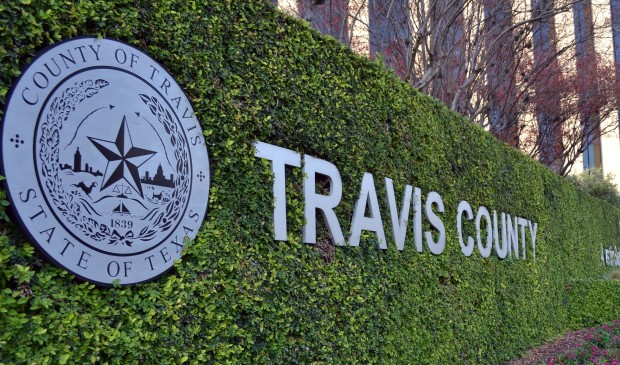County commissioners prepare for a complicated budget season
Tuesday, March 5, 2024 by
Nick Erichson Each year, the Travis County Planning and Budget Office presents its budget guidelines for the upcoming fiscal year to the Travis County Commissioners Court, furnishing the court with important data and forecasts while launching talks about further planning efforts.
On Tuesday, Jessica Rio, Planning and Budget Office county executive, predicted an encouraging economic outlook for Travis County in Fiscal Year 2025.
However, with American Rescue Plan Act funds due to run dry, unpredictable revenues and rising costs of living potentially loaded to ricochet in an unpredictable arc, the upcoming year is proving slippery on the spreadsheet.
In their projections, commissioners and county staff report they can depend only on “the rightest wrong number we can get.”
In her presentation, Rio remarked that favorable trends in population and employment growth, an unusually sturdy standing following the “roller coaster” of the Covid-19 pandemic and a radically low unemployment rate stand as a bulwark against any potential economic turbulence.
“Travis County has historically, since I’ve been here for the last almost 30 years, been in a much better situation and much better place to weather economic conditions than many other parts of the country,” said budget executive Travis Gatlin. “We continue to see that that is the case.”
The Planning and Budget Office issues its yearly budget recommendations in a collected tome of over 1,000 pages, which changes hands internally.
“We refer to them,” Gatlin said, “as the black books.”
For FY 2025, Gatlin intends to shine some light on the ominously anointed volumes. The documents will be published online on the Planning and Budget Office website, along with an addendum meant to help the public engage with the highly technical materials.
“We have a lot of great information and hard work that the analysts put in, and we want to share that with the public on trying to get to the highest use of funds and why we’re moving in the direction we’re moving,” he said.
Gatlin presented the Planning and Budget Office’s “budget drivers,” items which the office suggested prioritizing with an estimated $34 million of new resources for FY 2025.
The current target budget amount for FY 2025 is $930.9 million, with the single largest expense – not referenced in the presentation – being the operation of the county jail.
The largest expected expense among the presented budget drivers was compensation for Travis County staff, including health care costs.
Though health care costs remained a substantial portion of the budget, Gatlin explained, their rate of growth was unusually low compared to the national average.
Whereas yearly average increases in health care costs nationwide generally lie near 6 percent to 7 percent, Travis County’s have rested between 0 percent and 2 percent in recent years. The Planning and Budget Office suggests a highly tentative increase of 4.1 percent in 2025.
The county predicts subsequent spending on interlocal agreements on “health, public health and animal control, health and human services. We have the EMS interlocals, SEA TECH,” the Waller Creek TIF agreement and “program specific” items such as facilities, technology, justice investments and parks, and smaller items such as election and burial of indigents expenses.
As he reviewed the budget, Gatlin expressed apprehension regarding the cost of implementing the recommendations of a recent study of internal compensation led by consulting firm Segal. He suggested potentially implementing the firm’s prescriptions stepwise, instituting raises and program expansions incrementally over a number of years.
The court later passed a motion authorizing an expansion of the Segal study along with a targeted study of equity differences in compensation among county employees.
The court also discussed the end of American Rescue Plan Act funds and its implications for county services.
“We don’t have the money for it,” said Commissioner Brigid Shea, “and I don’t know how – so many of these programs said ‘we know, it’s one-time funding and we’re going to work hard to replace that funding with fundraising,’ but I’m certain that many of them won’t be able to do that. They’ll be back knocking at the door.”
Though the court committed to a multitude of strategic planning efforts in attempts to extend a lifeline to these social services funded by the federal grants, they resolved that FY 2025 would necessarily be host to “some difficult conversations.”
The court passed the budget guidelines unanimously with an update and revised budget calendar due in June.
The Austin Monitor’s work is made possible by donations from the community. Though our reporting covers donors from time to time, we are careful to keep business and editorial efforts separate while maintaining transparency. A complete list of donors is available here, and our code of ethics is explained here.
You're a community leader
And we’re honored you look to us for serious, in-depth news. You know a strong community needs local and dedicated watchdog reporting. We’re here for you and that won’t change. Now will you take the powerful next step and support our nonprofit news organization?



